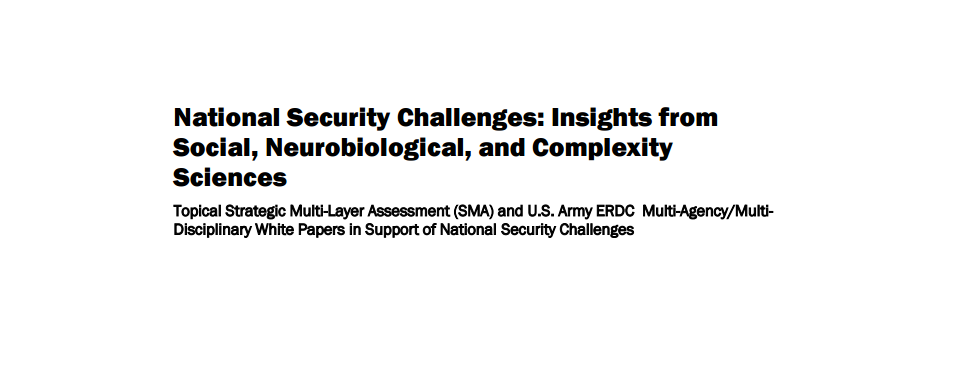
Open Source Intelligence (OSINT) developed during World War II and the Cold War as a surrogate for leadership analysis, created to use statecontrolled newspapers and other state media as the only available means to study the perceptions and intentions of leaders and elites in areas about which we had no other sources of information. The reason that method worked was, in retrospect, an accident of technology—it was far cheaper to receive information (buy a newspaper, purchase a radio receiver) than it was to create and send it (publish a newspaper, own a radio studio or TV station). Thus, even in states in which media were not state controlled, they still represented the interests, and viewpoints, of the elites, which permitted OSINT analysts to make judgments about at least what the elites wanted the masses to see, hear, and think. Today, the combination of cheap computing and storage plus nearly ubiquitous access to the internet (increasingly, via mobile devices) means that elites no longer have their monopoly of messaging—anyone can communicate to anyone, about anything. Perhaps even more important, the explosion of media choices means that people can also ignore whomever and whatever they wish. While the volume of the messages that are now available can seem overwhelming, this new media environment allows analysts not only to follow the messages that are being sent (whether by the elites or now by new factions, or even individuals seeking to influence others) 1 Author of Open Source Intelligence in a Networked World, Continuum International Publishing Group, 2012. National Security Challenges Approved for Public Release 58 but—even more important—to gain insight into which messages resonate, and which don’t, for societies, peoples, and groups in whom we are interested. The most important indicator for understanding other people is to learn what they are interested in and what they pay their attention to—this permits us to understand their hopes, their fears, their aspirations, and their value systems. Although the technologies and, as important, the analytic mind-sets for understanding this system of “paying attention” are still in early stages of development, the constant stream of daily life that flows across social media platforms provides rich contextual background information on the narratives of each region and culture.